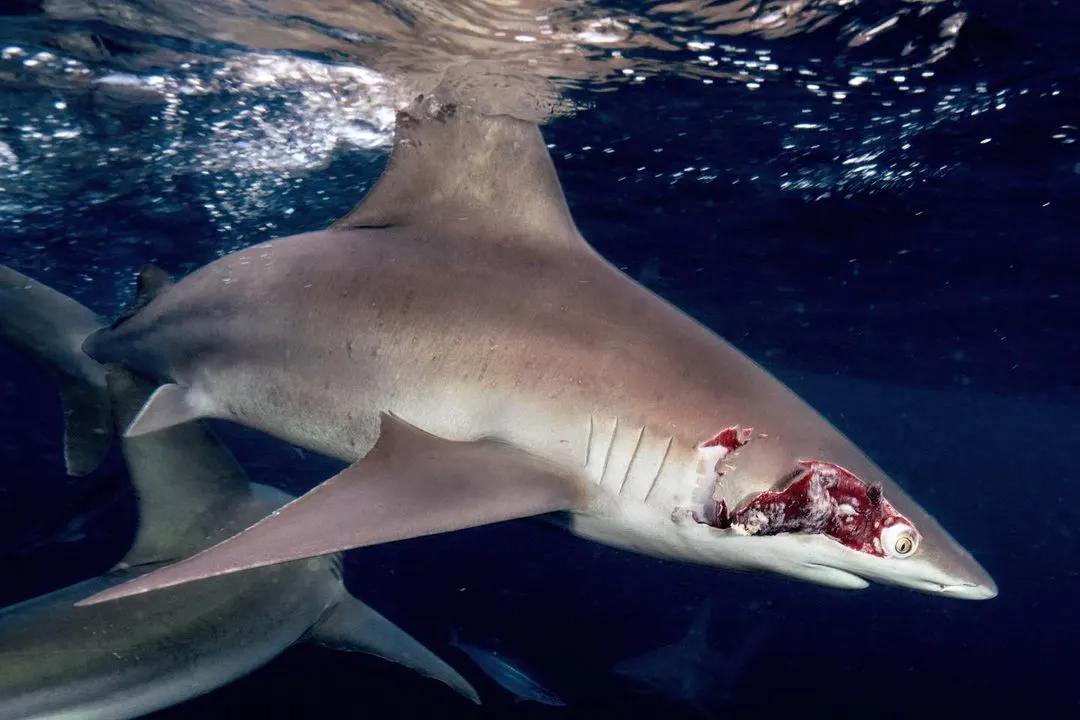Welcome to the Recovery of Injured Sandbar Shark and the awe-inspiring tale that it is!
Beneath the shimmering surface of the ocean, a remarkable tale of resilience unfolds. Meet the injured sandbar shark, a survivor who defies the odds and embarks on a recovery journey. The story of this wounded warrior serves as a testament to the remarkable regenerative abilities of sharks, showcasing how they can quickly heal and thrive despite significant injuries. In this article, we will delve into the captivating account of the injured sandbar shark and explore the mechanisms that enable sharks to recover quickly. From their unique biology to the critical role of conservation efforts, join us as we uncover the secrets of their healing and highlight the importance of safeguarding these magnificent creatures for the well-being of our oceans.
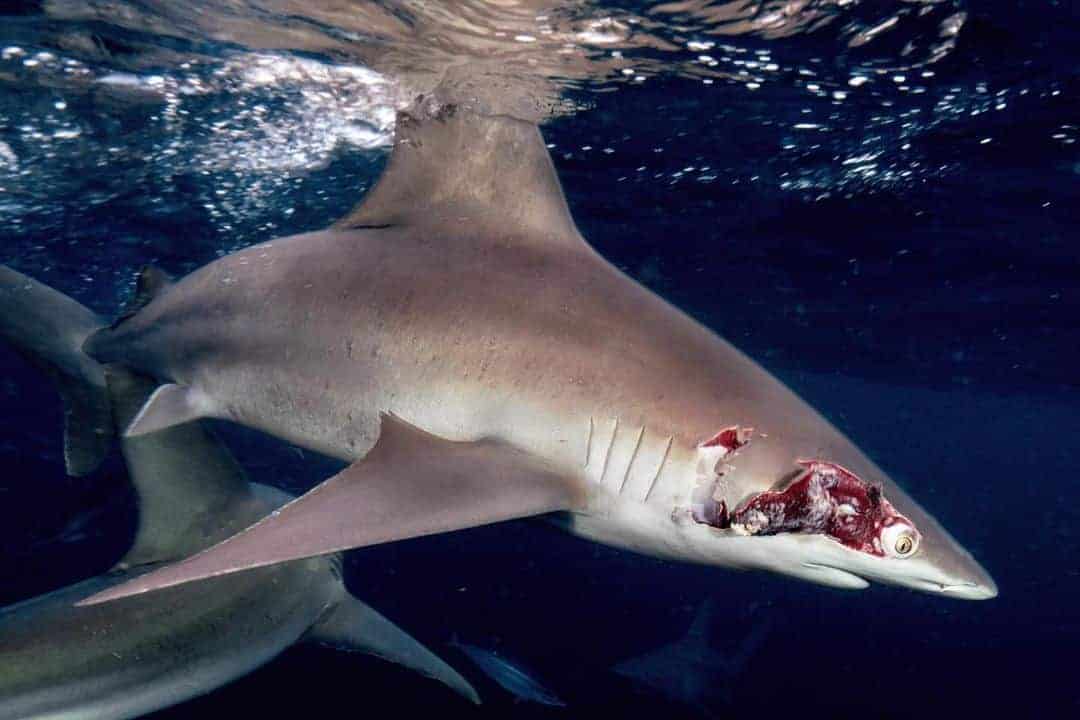
Want to jump ahead? Click below
The Wounded Warrior: The Journey of an Injured Sandbar Shark
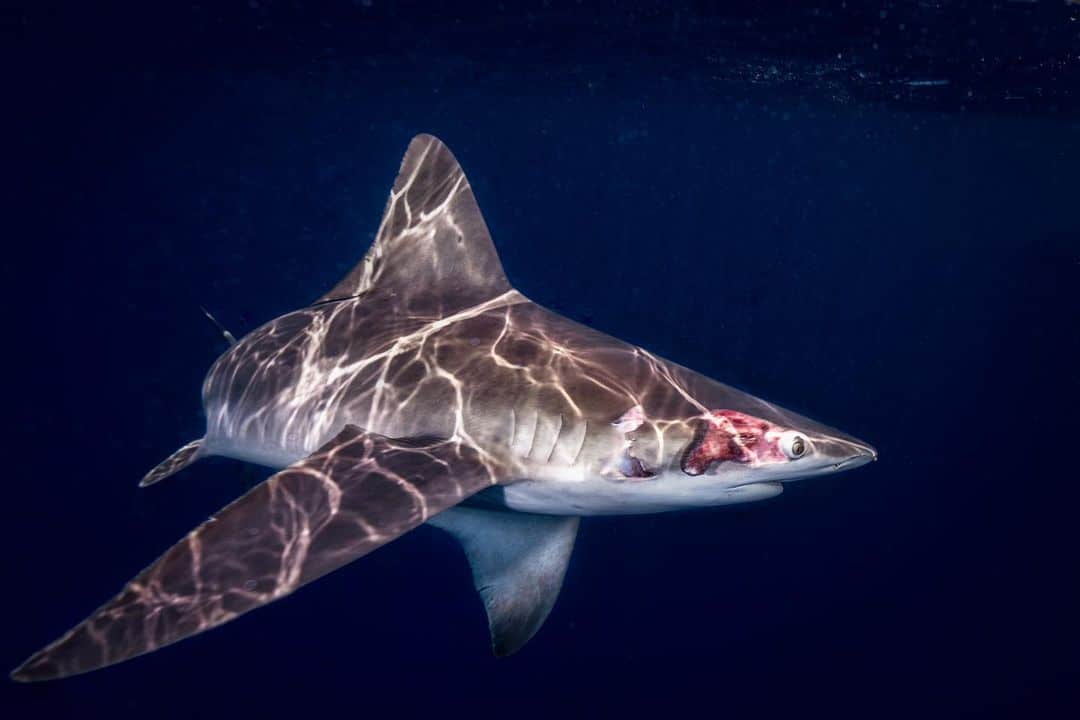
Our story begins with an injured sandbar shark, a magnificent predator navigating the coastal waters. This shark suffered an injury, likely caused by a fishing interaction or a natural encounter, threatening its survival. However, against all odds, the injured sandbar shark embarked on a remarkable journey toward recovery, defying the challenges ahead.
She is still very lucky to have her eye and we are super grateful that it was not hurt when the injury took place. Locals are still trying to figure out how this could have occurred.
Unveiling the Secrets: The Biology of Sharks’ Remarkable Healing
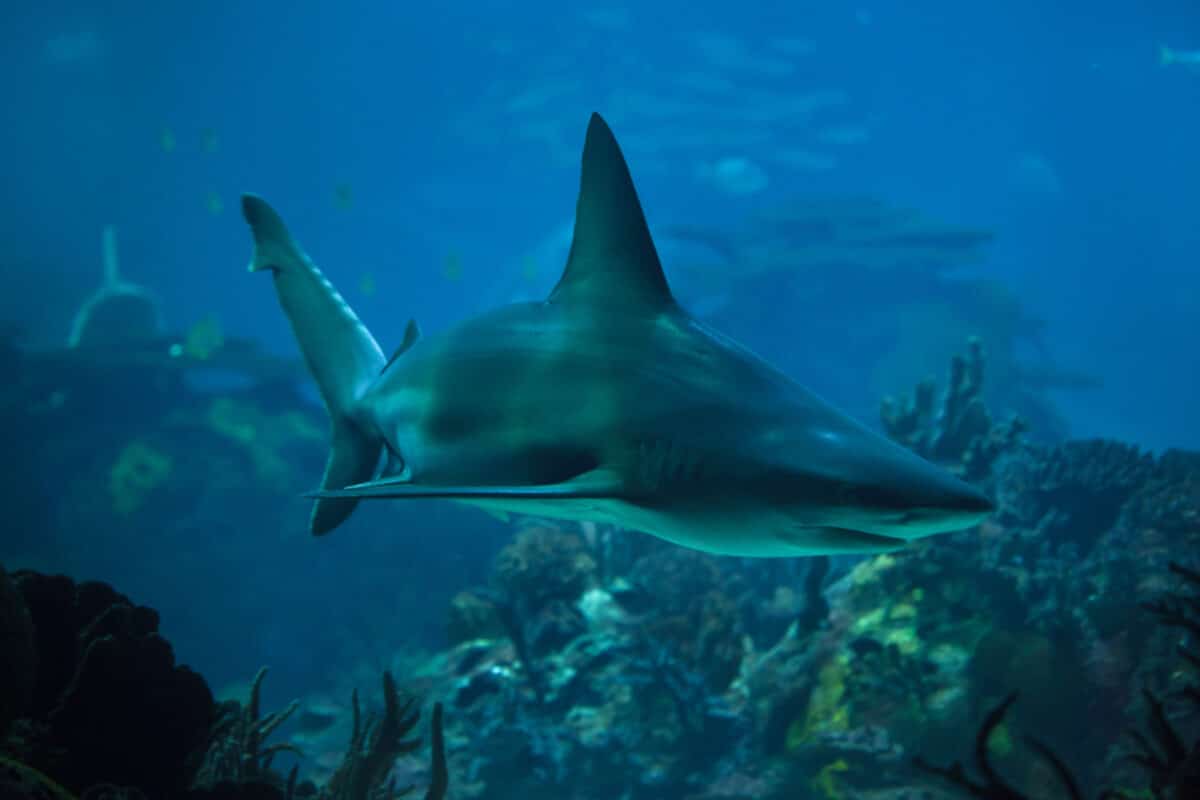
Sharks possess a range of unique biological adaptations that contribute to their remarkable healing abilities. Their cartilaginous skeletons, powerful immune systems, and efficient wound-healing mechanisms facilitate rapid recovery. By delving into these distinct characteristics, we gain insight into the resilience inherent in these apex predators.
Harnessing Resilience: Conservation and the Future of Sandbar Sharks
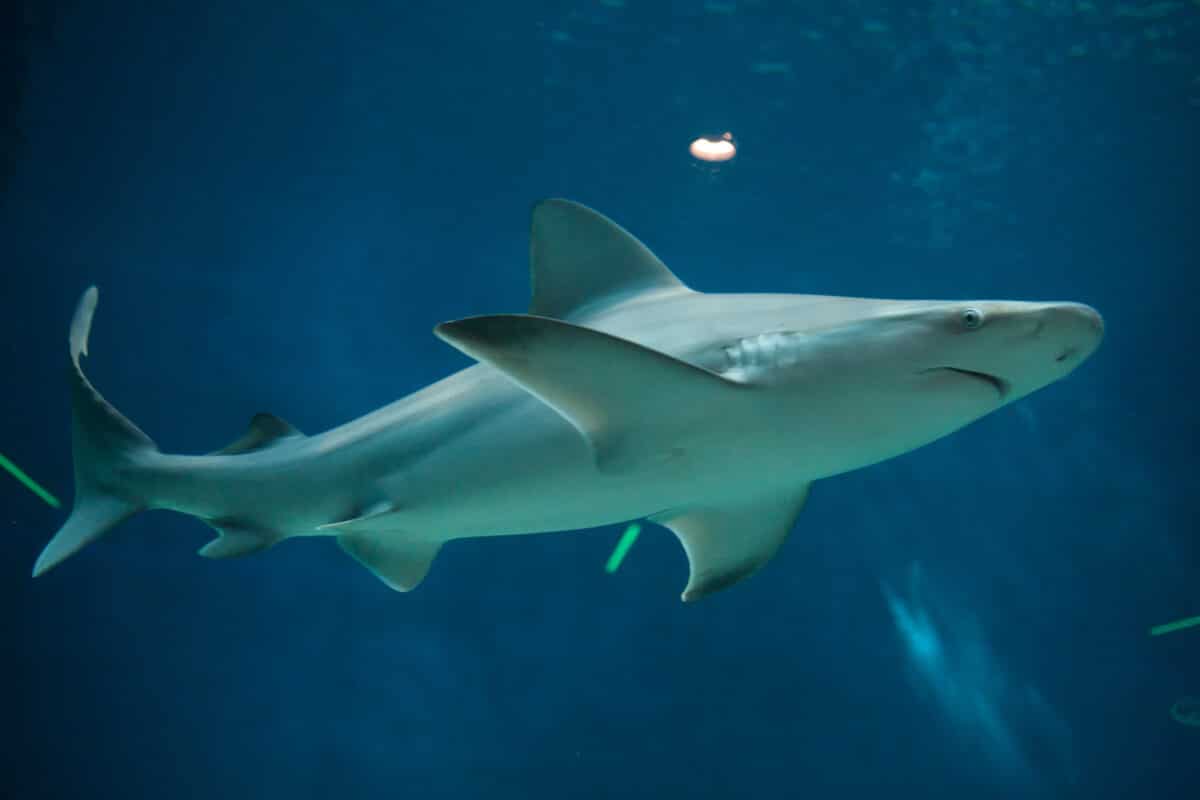
The recovery of injured sandbar sharks sheds light on the significance of conservation efforts in preserving their populations and habitats. Sandbar sharks are vital to marine ecosystems, and their decline can have far-reaching ecological consequences. By implementing sustainable fishing practices, establishing marine protected areas, and promoting public awareness, we can ensure the continued survival and recovery of these essential creatures.
Balancing Act: Apex Predators and Ecosystem Stability
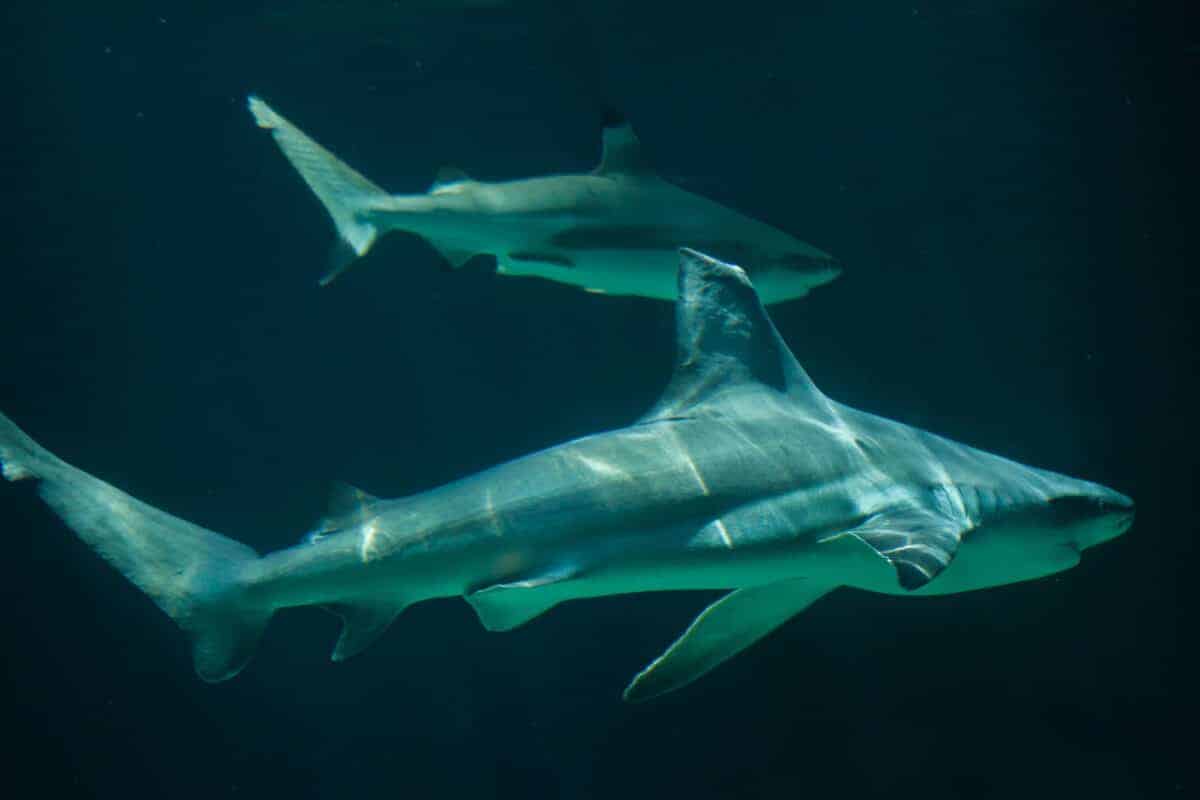
The journey of the injured sandbar shark underscores the pivotal role that apex predators play in maintaining the health and balance of ocean ecosystems. As top predators, sharks regulate prey populations, contribute to biodiversity, and promote overall ecosystem stability. Their resilience is a powerful reminder of the intricate interconnectedness of all species and the urgent need to protect and conserve our oceans.
Beyond Recovery: The Legacy of Injured Sandbar Sharks
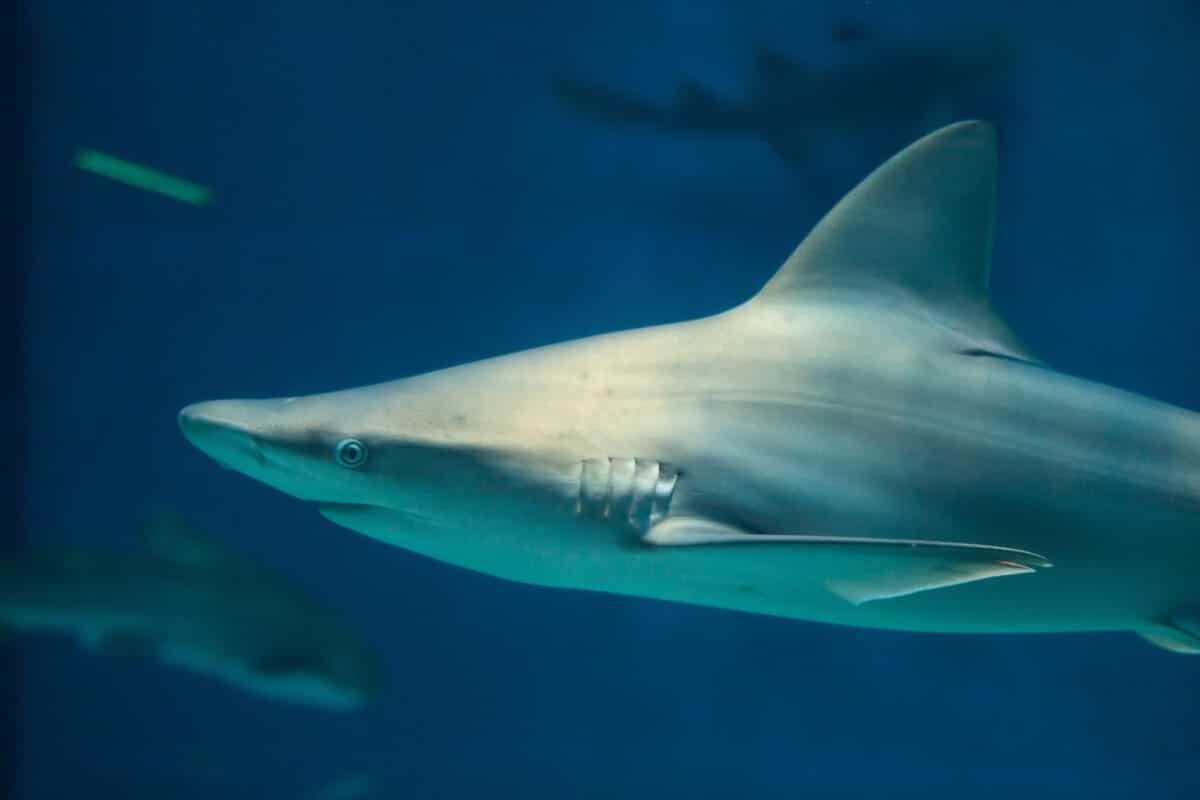
The recovery of injured sandbar sharks represents a broader narrative of hope and perseverance in adversity. These remarkable creatures symbolize the resilience of nature and the indomitable spirit of life itself. By celebrating their recovery and advocating for their protection, we pave the way for a future where injured sandbar sharks can continue to thrive, inspiring us to safeguard the wonders of the marine world for generations to come.
Fun Facts
| Sandbar sharks, also known as brown sharks, are one of the largest coastal sharks, reaching lengths of up to 8 feet (2.4 meters). |
| They are known for their distinctive appearance, featuring a tall and triangular dorsal fin and a stout body. |
| Sandbar sharks are found in warm and temperate waters worldwide, including coastal regions, estuaries, and shallow continental shelves. |
| Sandbar sharks are found worldwide in warm and temperate waters, including coastal regions, estuaries, and shallow continental shelves. |
| These sharks are bottom-dwellers, often found near sandy or muddy areas, hence their name, “sandbar” sharks. |
Wrapping Up with the Recovery of Injured Sandbar Shark
In the depths of the ocean, the injured sandbar shark’s story serves as a testament to sharks’ remarkable resilience and regenerative abilities. From their unique biology to their vital role in maintaining the balance of marine ecosystems, these apex predators inspire awe and admiration. The journey of the injured sandbar shark highlights the importance of conservation efforts in preserving their populations and habitats. By protecting these magnificent creatures, we safeguard the health of our oceans and ensure the preservation of an intricate web of life. Let us continue to celebrate the recovery of injured sandbar sharks and champion their protection, fostering a future where these majestic creatures thrive and inspire generations to come. In their tale of wounded to thriving, we find hope, resilience, and a call to action to preserve the wonders of our underwater world.
Next up:
- Bald Eagle Family Expand Their Nest In California - April 24, 2024
- Firefighter Saves Abandoned Kittens Found Cuddling In Hoses - April 24, 2024
- Dolphins Get High Playing Catch With A Pufferfish - April 24, 2024

